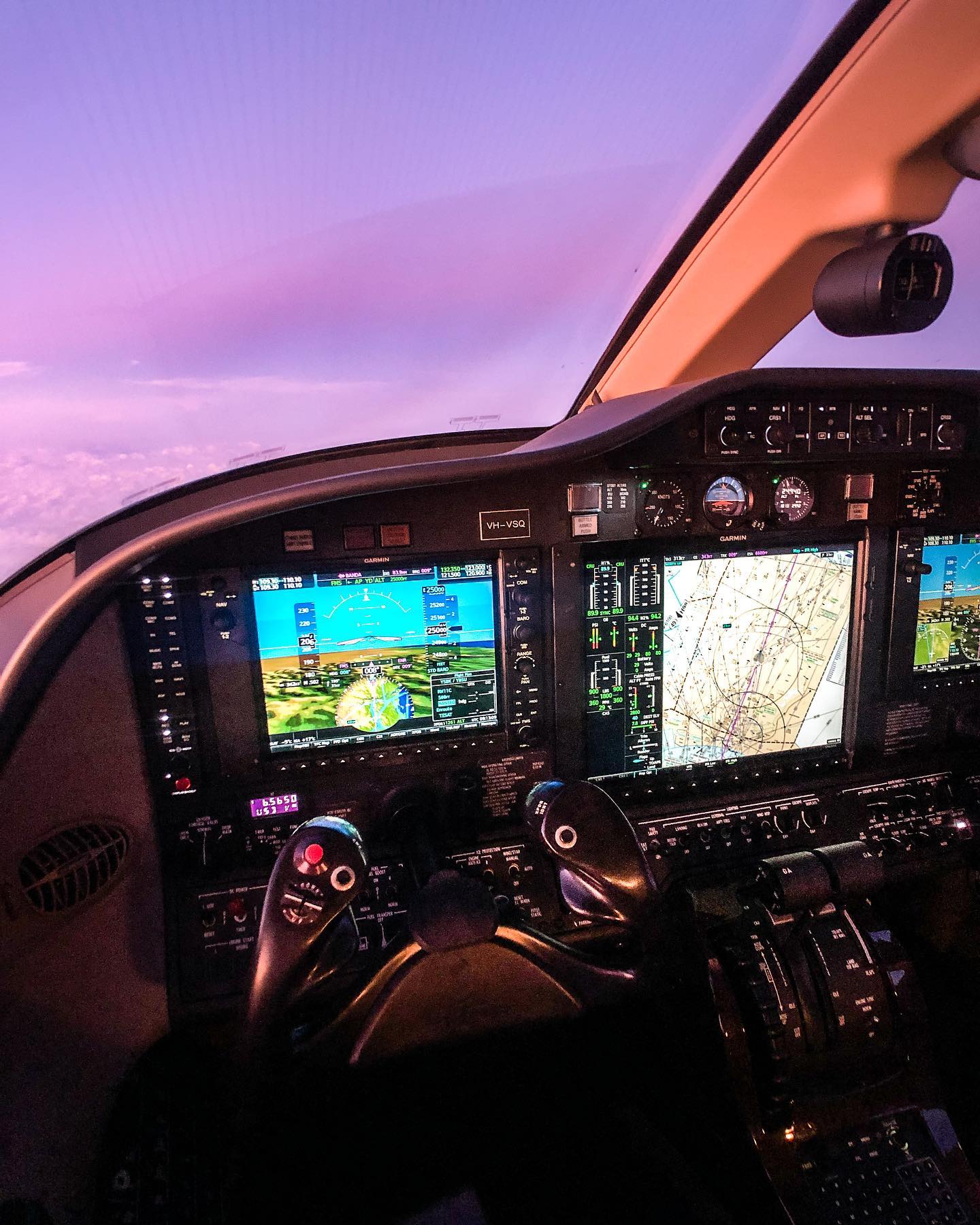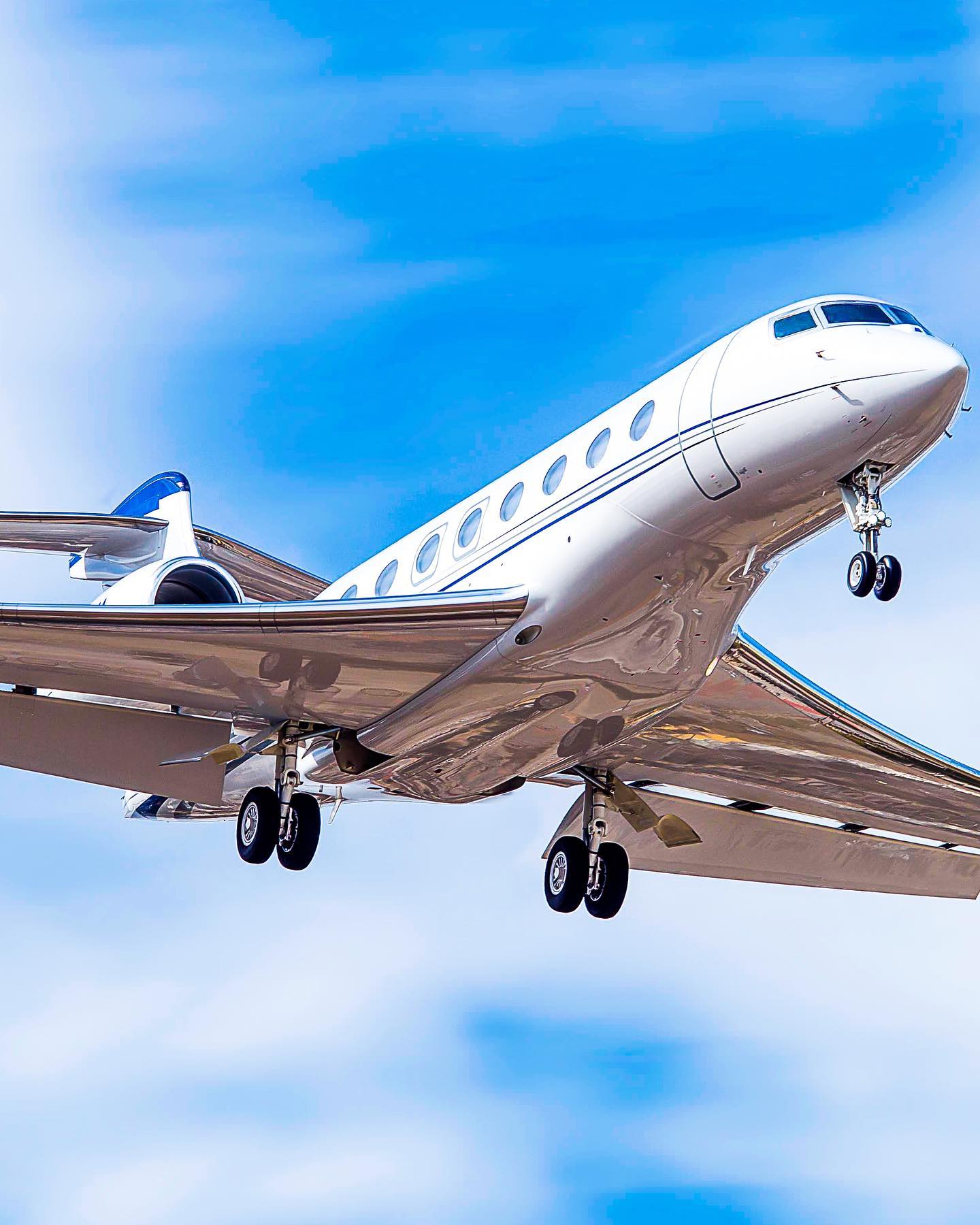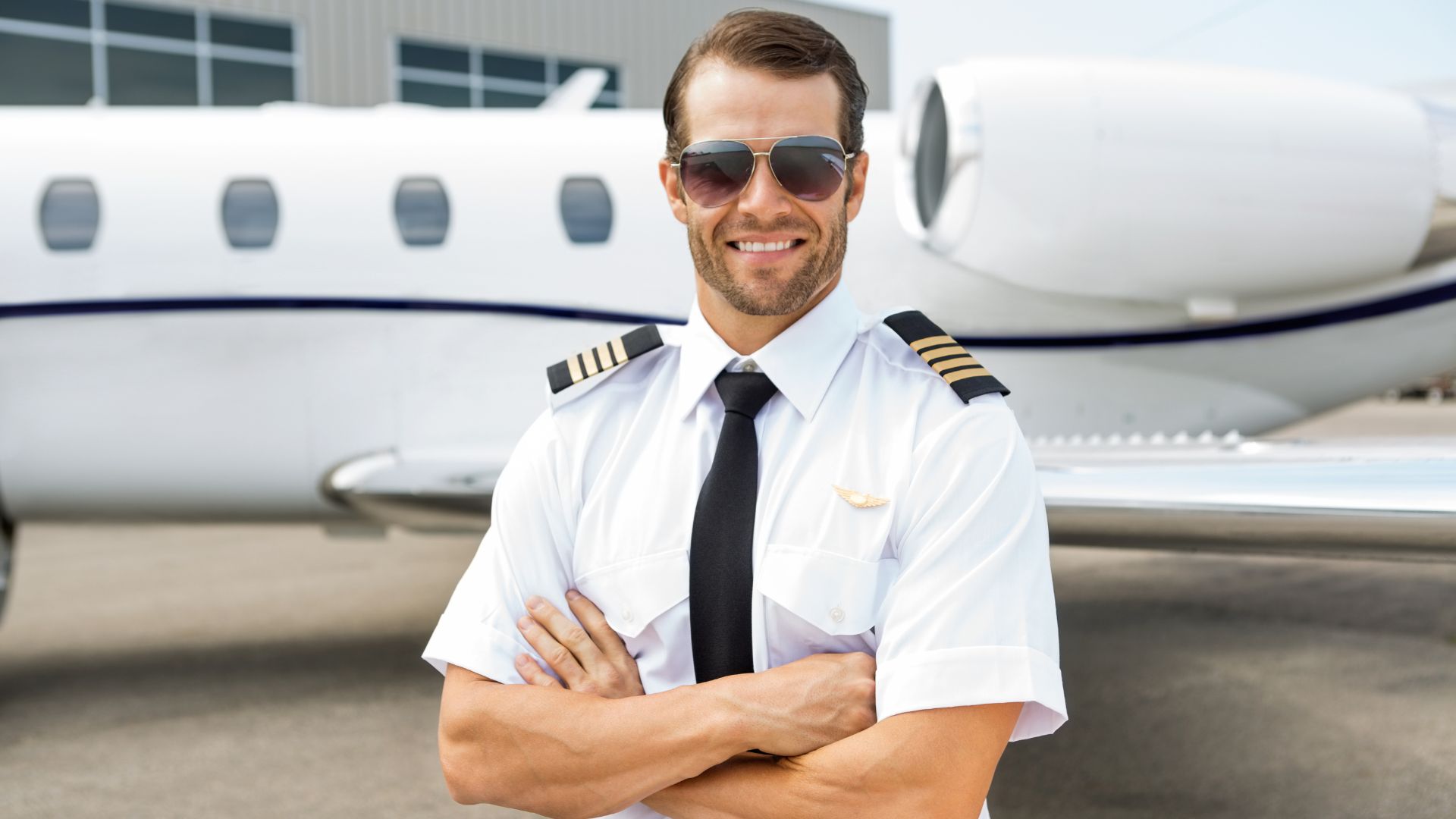The dream of flying is as old as humanity itself. This dream can be realized in the modern world by obtaining a Private Pilot License (PPL). A PPL allows individuals to command a small aircraft independently, opening a world of freedom, adventure, and unique challenges. In this article, we explore all about private pilot licenses and how to get them.
1. What is a Private Pilot License?
A Private Pilot License is a qualification that permits the holder to act as the pilot of an aircraft privately (not for compensation or hire). It is recognized internationally and is the first step for those looking to become a commercial pilot later.
2. Requirements for Obtaining a PPL
What are the requirements for obtaining a PPL?
- Age: The minimum age to start training is 16, and you must be 17 to hold a PPL.
- Medical Certificate: Applicants need a Class 3 medical certificate, ensuring they meet the health and fitness standards.
- Flight Training: This includes both ground school and flight instruction, covering various topics from navigation, weather, flight planning, and aircraft operations.
- Flight Hours: Typically, a minimum of 40-45 hours of flying is required, including solo flights and cross-country flight experience.
- Written Examination: A comprehensive test covering various aspects of flying.
- Flight Test: A practical test with a certified examiner to demonstrate your flying skills.
3. Training Process

Photo credit: instagram.com
What about the training process?
- Ground School: This is the theoretical part where students learn the principles of flight, navigation, weather interpretation, and other essential knowledge.
- Flight Training: Practical flying lessons start with basic maneuvers, advancing to complex operations, including cross-country flights and emergency procedures.
4. Cost and Duration
The cost of obtaining a PPL varies but typically ranges from $8,000 to $15,000, depending on the location and flight school. The duration depends on the training frequency but usually takes 3 to 12 months.
5. Privileges and Limitations
With a PPL, you can fly a single-engine aircraft during the day and night under visual flight rules (VFR). However, you cannot fly for commercial purposes. Additional endorsements are required for other types of aircraft and for instrument flying.
6. Choosing a Flight School

Photo credit: instagram.com
Selecting a reputable flight school is crucial. Look for schools with experienced instructors, a good safety record, and a fleet of well-maintained aircraft. Visit several schools, ask questions, and choose the one that feels right for you.
Earning a Private Pilot License is a challenging yet immensely rewarding journey. It offers the thrill of flying and develops discipline, decision-making skills, and a deep understanding of aerodynamics and navigation. For many, it is the start of a lifelong passion for aviation.

